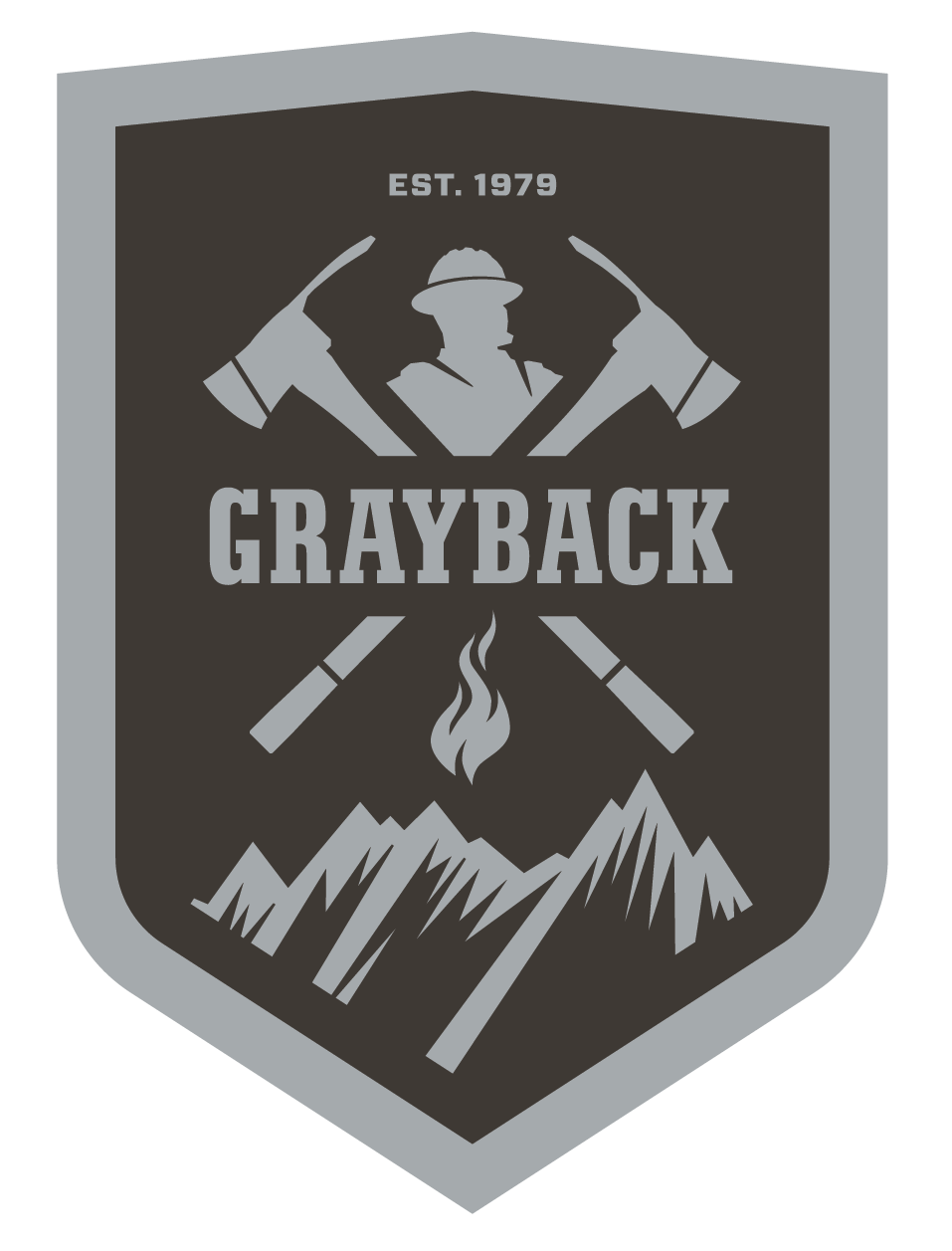Hazardous Fuels Reduction
Hazardous fuels reduction project. The “before” tile is prior to treatment with heavy fuels on the ground, the middle tile is midway through the project and the final tile is complete, except for handpile burning.
Fuels management projects reduce the risk of catastrophic wildland fire while restoring forest and rangeland ecosystems to closely resemble their natural state. Hazardous fuels are reduced through a variety of treatments that remove or modify wildland fuels, thereby reducing the potential for severe wildland fire behavior, lessening post-fire damage, and limiting the spread of invasive species and diseases.
The wildlands of the west are naturally fire-prone. While most of the natural communities of plants and animals have adapted to natural fire conditions, many natural communities are now at risk from catastrophic wildfire primarily due to hazardous fuel conditions.

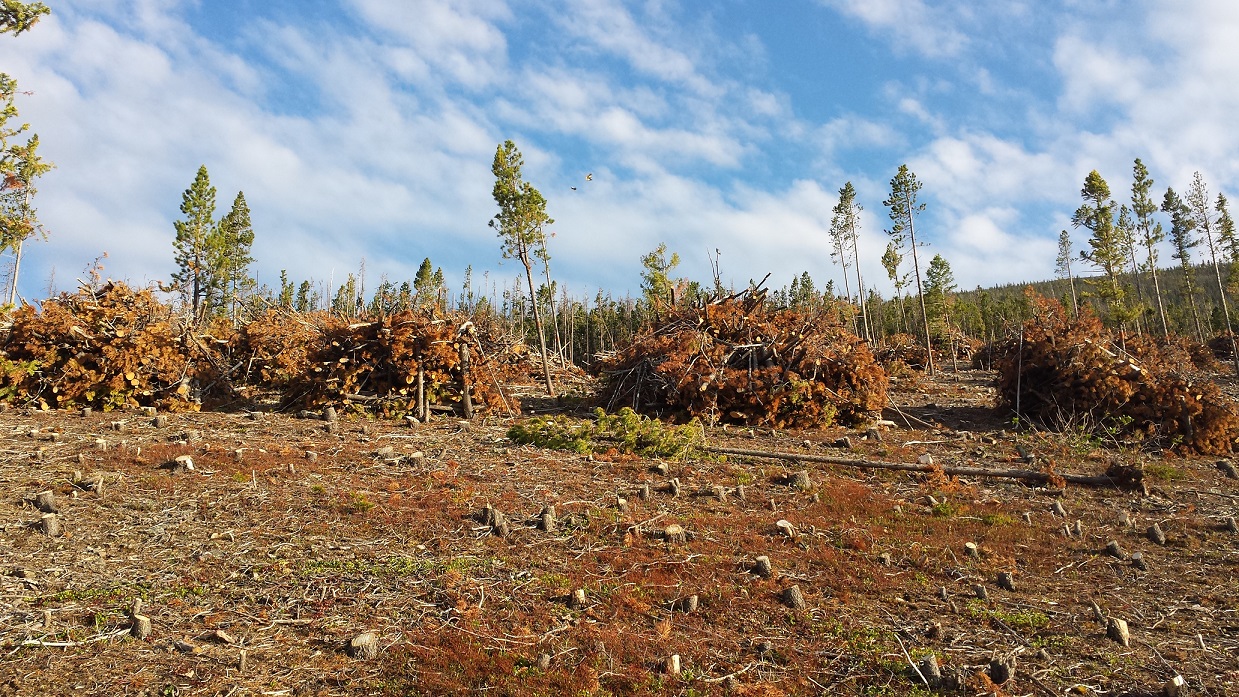
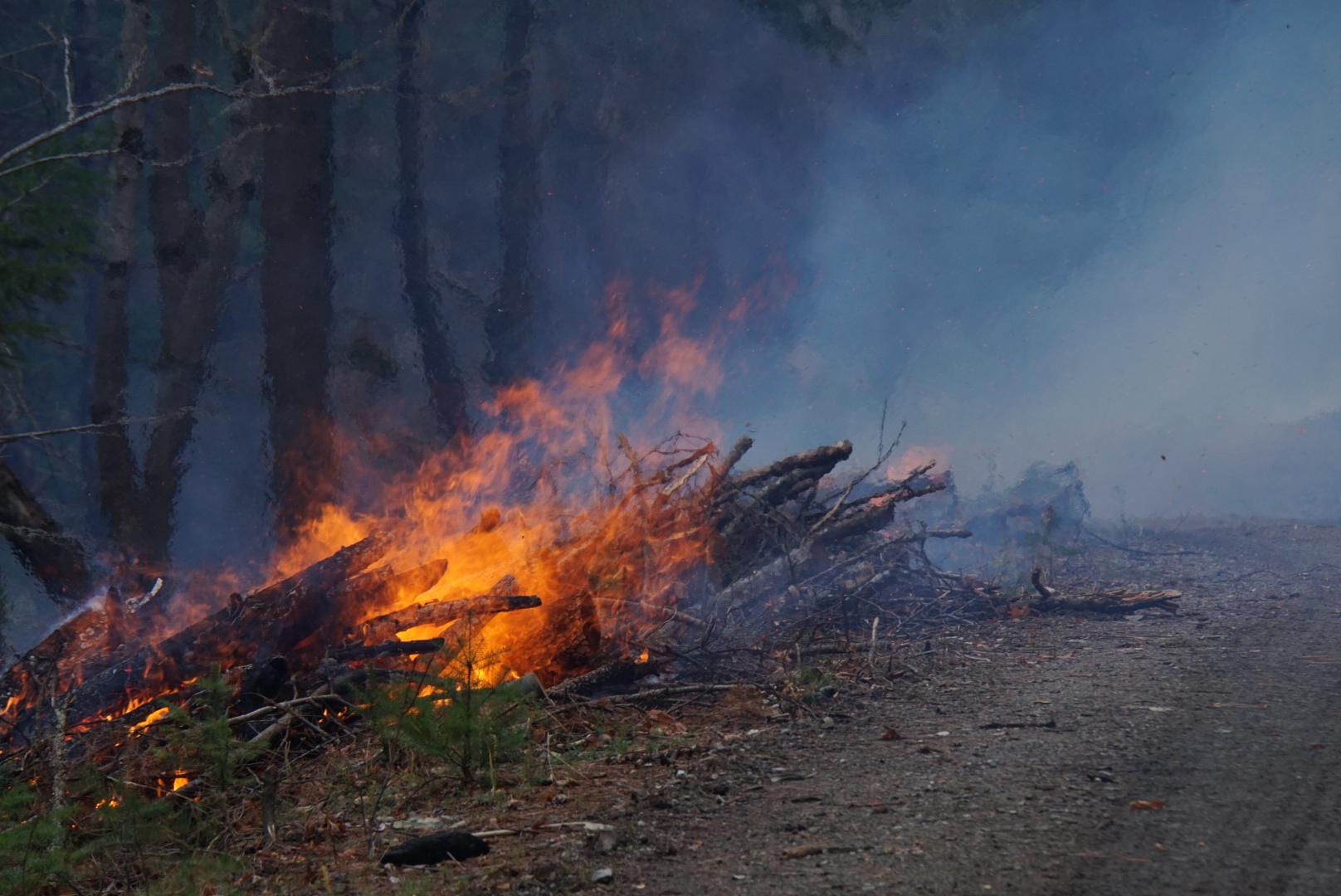
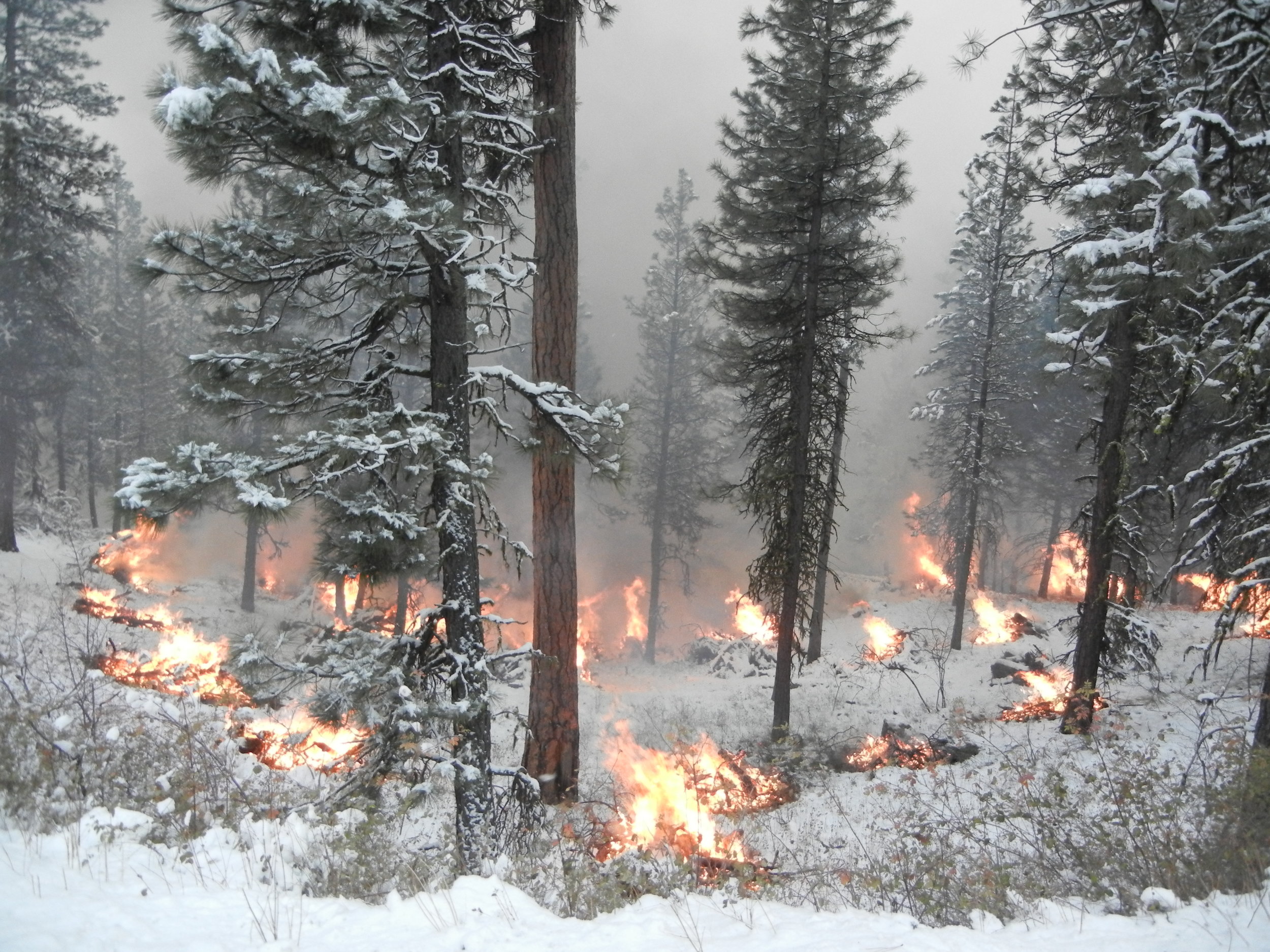
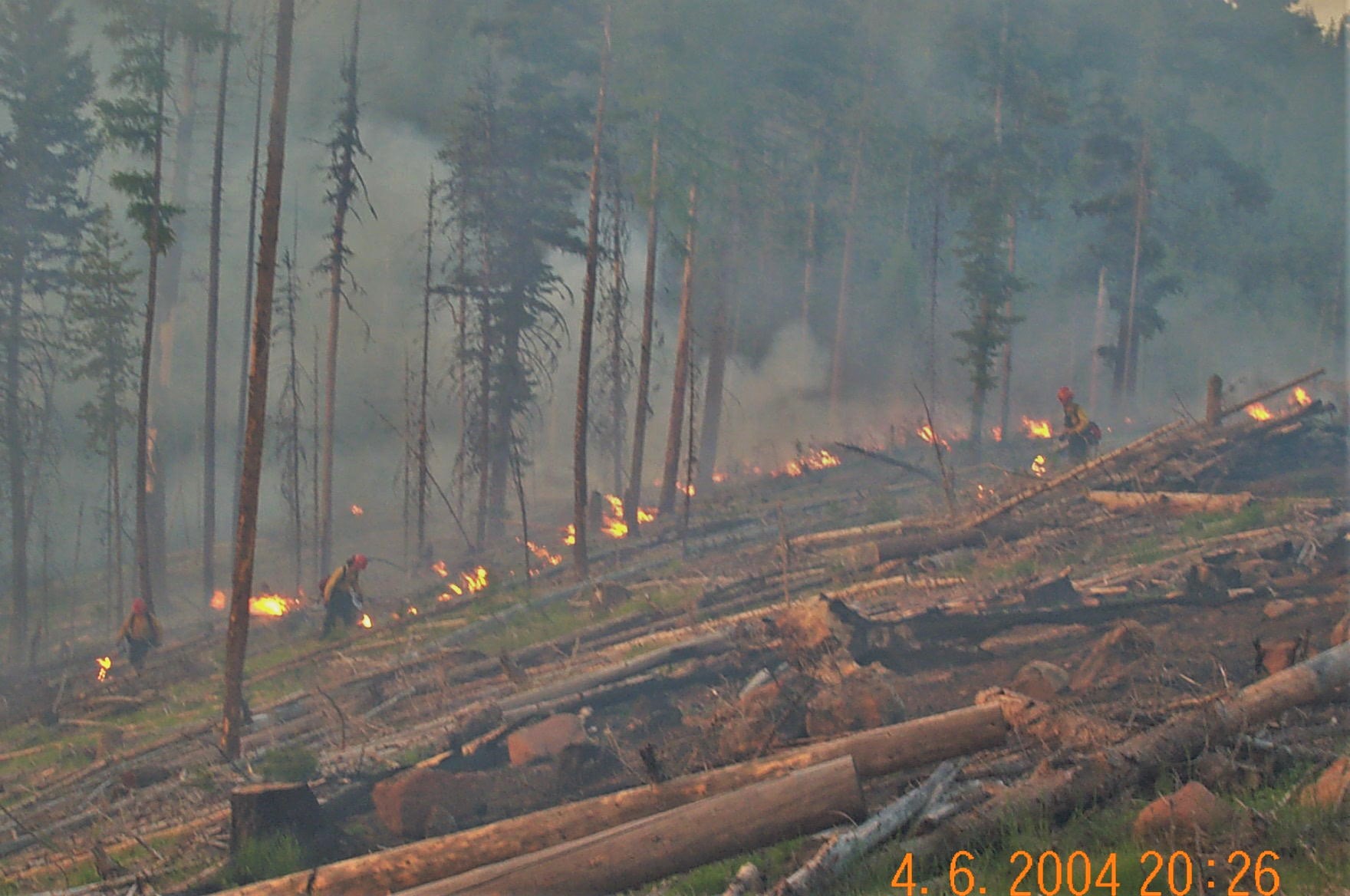
Also at risk are the communities that interface with these wildlands, including those within wildland-urban interface (WUI) and rural areas. Strategic management and control of wildland vegetation is essential to the safety, health, recreational, and economic wellbeing of local communities.
For years, Grayback managers have recognized the risks of damage to the environment, housing and infrastructure from wildland fire and have acted to reduce wildland hazardous fuels by thinning, prescribed burning, and other vegetation treatments. Reducing fire intensity through vegetation management can substantially aid in wildland fire containment and control, while creating safety zones for fire fighter and citizen safety.
Grayback carries out various types of wildland fuels treatments for the purpose of reducing fire hazard or severity through a number of programs.
Grayback is actively involved in the solution of forest health by actively being involved with collaborative groups at each of our bases of operation, providing input on methods and feasibility in proposed forest projects.
